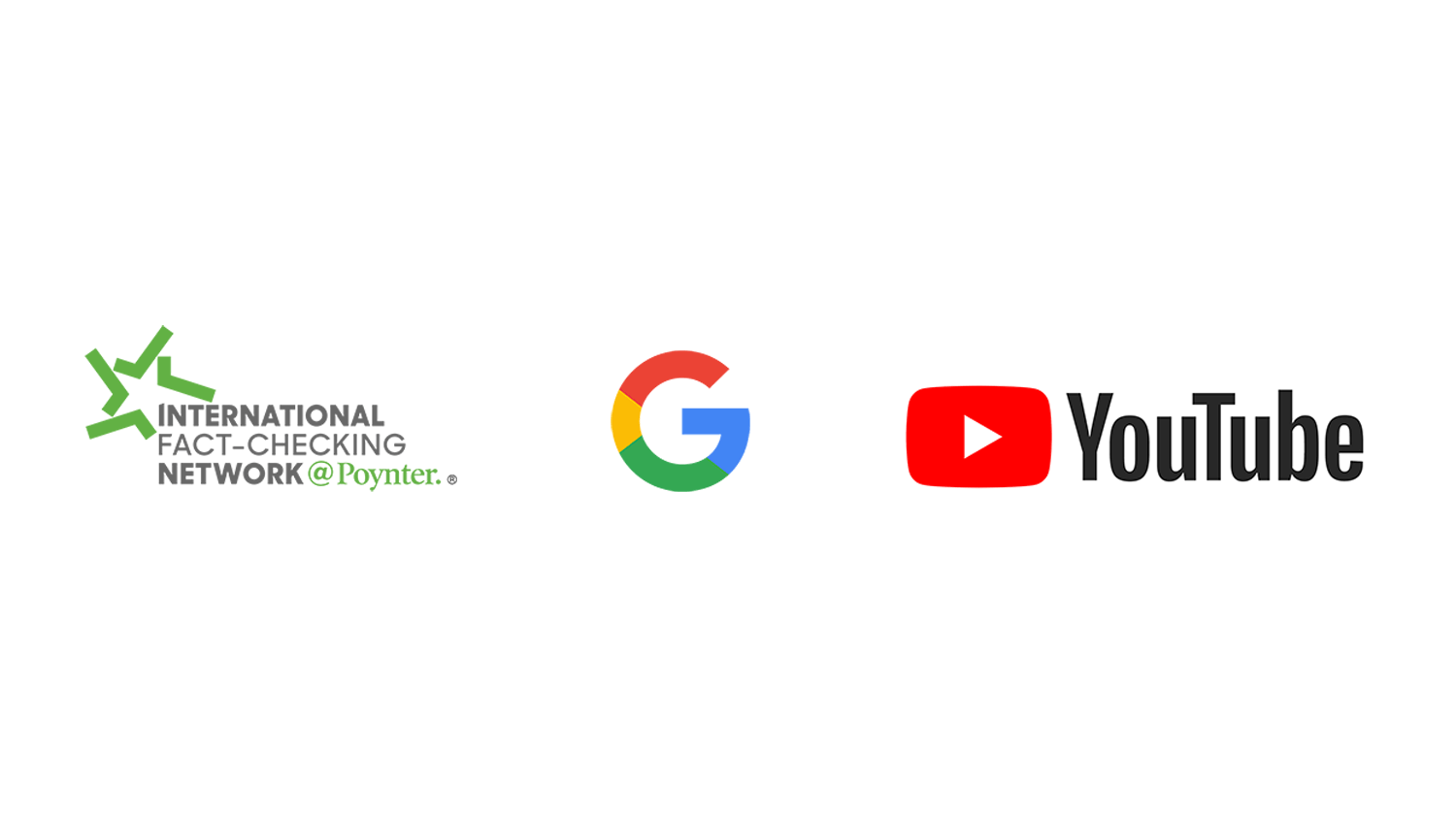This essay is excerpted from the book “Tell It Like It Is: A Guide to Clear and Honest Writing,” scheduled for publication by Little, Brown on April 11.
During a time in which I have written extensively about the method and mission of public writers, it is hard to think of a writer with a more public profile than Nikole Hannah-Jones.
It is no exaggeration to call her one of the most honored and controversial journalists of the last decade. We may need to go back to Woodward and Bernstein for examples of newspaper journalists with a higher profile.
I have had the opportunity to teach with Hannah-Jones on two occasions at Poynter, so I’ve studied her work and watched her in action. Of the thousands of words devoted to her, I feel there is one area of interest that is undernourished. It is not any of the Five W’s. It is the H: how she does what she does.
The great Canadian journalism scholar and teacher Stuart Adam argued that the best journalism excels in four areas: news judgment, reporting and evidence, language and narrative, and analysis and interpretation. It is in this last category — the ability to see meaning in the midst of seemingly disconnected patterns, to reimagine, revise, reframe, and rename — that Hannah-Jones demands our attention. She can do what is called shoe-leather reporting, and she has the conceptual ability to see the larger framework. It’s a rare combination.
Her recent honors include a Pulitzer Prize and a MacArthur Fellowship, commonly referred to as a Genius Grant. Controversy accompanied her application for a tenured professorship at her alma mater, the University of North Carolina, and one group of historians challenged the evidence in her influential work on race, “The 1619 Project.” That continuing project, which now includes books, school curricula and a Hulu series, has led to accusations, mostly from the right, that Hannah-Jones’ work is part of an effort to inject what is sloppily labeled “critical race theory” into public education at every level. She is not producing journalism, they argue, but “woke propaganda.”
Spurred on by state legislators, parents have approached school boards to purge libraries and classrooms of reading material they find objectionable — especially material on race, gender, and antisemitism. Some banned works, written by winners of Pulitzer or Nobel prizes, have difficult, at times disturbing, themes. That is their point. Curious students will seek them out — especially if they are banned. That’s me in the corner of the Williston Park Public Library on Long Island at the age of 13 sitting in a dusty corner reading “The Naked and the Dead.”
The irony is that every banned book I can think of becomes more notorious, and thus more popular, because of the efforts to ban it. (School board members: Please ban my new book!)
Distance from neutrality
Some of the criticism directed at Hannah-Jones came from an influential Arkansas publisher, Walter Hussman Jr., who donated $25 million to UNC, and who believes that the standards of journalism should elevate “impartiality” above all other values. The result was that the university withheld a tenured professorship from Hannah-Jones, then offered it under a cloud of national scandal and threat of a lawsuit. Ultimately, Hannah-Jones rejected that position and set up shop as the tenured Knight Chair in Race and Journalism at Howard University, developing a program in journalism and democracy.
There were many white people with abolitionist beliefs who took violent action against slavery. It took a civil war. It took race riots after World War I. It took Supreme Court decisions that sparked resistance. It took what we now think of as the civil rights movement in the 1950s and ’60s. It is taking new forms of protest in the wake of police killings of Black people.
Hannah-Jones’s conclusion is that it took the courage and militancy of Black people to lead America, now over centuries, to what Lincoln called “our better angels,” toward the perfection of our ideals. In a key essay, she quotes the great W.E.B. Du Bois: “Would America have been America without her Negro people?”
In “Arrival,” an essay in the book “Four Hundred Souls,” Hannah-Jones responds to that question:
We cannot fathom it. Black Americans, by definition, are an amalgamated people. Our bodies form the genetic code — we are African, Native, and European — that made America and Americans. We are the living manifestation of the physical, cultural, and ideological merger of the peoples who landed on those ships but a year apart, and of those people who were already here at arrival. Despite the way we have been taught these histories, these stories do not march side by side or in parallel but are inherently intertwined, inseparable. The time for subordinating one of these histories to another has long passed. We must remember the White Lion along with the Mayflower, and the Powhatan along with the English at Jamestown. As Du Bois implores: “Nations reel and stagger on their way; they make hideous mistakes; they commit frightful wrongs; they do great and beautiful things. And shall we not best guide humanity by telling the truth about all this, so far as the truth is ascertainable?”
The true story of America begins here, in 1619. This is our story. We must not flinch.
Hussman, considered by many an innovator and astute businessman, has devoted his energy and resources to the strengthening of local news. But he objected to Hannah-Jones’ journalism, especially to the thesis at the heart of “1619,” that “For the most part, Black Americans fought back alone.” Here is Hussman:
I think this claim denigrates the courageous efforts of many white Americans to address the sin of slavery and the racial injustices that resulted after the Civil War. … Long before Nikole Hannah-Jones won her Pulitzer Prize, courageous white southerners risking their lives standing up for the rights of blacks were winning Pulitzer prizes, too.
Hussman has made it clear that his objection to “1619” rests not just in its particular thesis but in that it has a thesis at all. It represents a paradigm of journalism that will hurt the credibility and viability of all journalists, he argues. He takes his stand here, on the sharp point of neutrality and impartiality, a credo he wants young journalists to see every day and come to believe in.
The conceptual scoop
Anyone who had conducted a thorough review of Hannah-Jones’ writing over the length of her career would find many works that would be judged “impartial” by any fair observer. There reaches a moment in an investigation, though, when traditional reporting is necessary but insufficient to reveal an important truth. Enter the conceptual scoop, described in a 1996 essay by Paul Starobin:
Conceptual journalists are more interested in figuring things out than in finding things out — their impulse is to explain, to interpret, to move from the particular fact to the general proposition. What they do is no substitute for shoe-leather or what-happened-yesterday stories. But it can help people make sense of the torrent of raw data. And the focus of conceptual journalists on political ideas and culture is particularly well suited for an era of crumbling paradigms about the role of government. … But more skeptical journalists point out that a snazzy conceptual take can camouflage a multitude of sins, including slack reporting and embedded bias, and serve the dubious function of packaging old ideas in shiny new wrappers.
Few stories require the conceptual range offered by Hannah-Jones in “1619.” Let me break down the process for one of the simplest genres of conceptual writing, the “trend story.”
A cynical newsroom idea is that if you can find three examples of something, you have a trend, but, in a pinch, two is enough. To notice a trend, you have to be paying attention. Perhaps while bingeing on Netflix, you notice how many dystopian dramas people are watching during the pandemic. Or you are walking around the park and notice fewer people playing tennis, and more and more playing the paddle game pickleball. Or you hear three neighbors say they have seen coyotes nearby, usually at dusk.
I have lived in St. Petersburg, Florida, since 1977. Back then the town was satirized as one gigantic old folks home, but not anymore. I was driving around the other day and noticed how many coffee shops and breweries had opened in the downtown district. Tom Brokaw called the people who fought World War II the “Greatest Generation,” which is a broad version of a conceptual scoop. On certain days, I think that the millennials are the greatest generation because they have given us more and better coffee and beer, whenever we want it, wherever we want it. Welcome to “St. Petersbrew.”
That last move is a common one for the more conceptual writer: to give a new name to an insight, a trend, a set of connections, a rising movement. In politics, it has been expressed in phrases that describe voter blocs as “soccer moms” or “NASCAR dads” or “Volvo Republicans.” It need not be a catchy phrase. It can be a number: 1619. To do her duty as a teller of truth, Hannah-Jones decided that while journalists could be neutral about many things, they should not be neutral about everything.
Certain factions of journalism are leaning her way. They are establishing the distance from neutrality that best exemplifies their sense of mission and purpose. While their reports and narratives are not neutral, I would argue that they do not represent advocacy, partisanship or propaganda. They are finding a place between reporter and advocate, a space I have characterized as a “journalism of engagement.”
That makes it sound as if Hannah-Jones is leading a movement, and maybe it will come to that someday. There are movements in journalism: the human-interest story; investigative work; New Journalism; computer-assisted reporting; public or civic journalism; and others. They do require a point person — sometimes more than one. They can be guided by a transparent manifesto that reveals standards and practices. And they benefit from an anthology, a set of “mentor texts” as high school teachers describe them, that others can learn from and emulate.
Here are some ways to become a more conceptual public writer
- Do your homework, your research. Learn the details. Walk the beat.
- Pay close attention to the world you cover, whether it’s your house or the statehouse.
- Travel along different routes, the main streets, the side streets, the alleyways.
- Safely and politely approach strangers: If you notice something different, ask them what they are doing. Watch for patterns.
- Talk to experts: If you see more murals around town, talk to a muralist, but also to an art historian.
- Discuss the pattern you see with friends and colleagues to test your notions that something is afoot.
- In a memo to yourself, try to describe what you are experiencing.
- Summarize it in a short paragraph, a short sentence.
- Give it a name. (Give it several names to find which one is best.)
- To build your conceptual muscles, leverage your continuing education. Whatever your field of study — science, anthropology, history, economics, political science, literature — you will find meaning in the events of the world.







